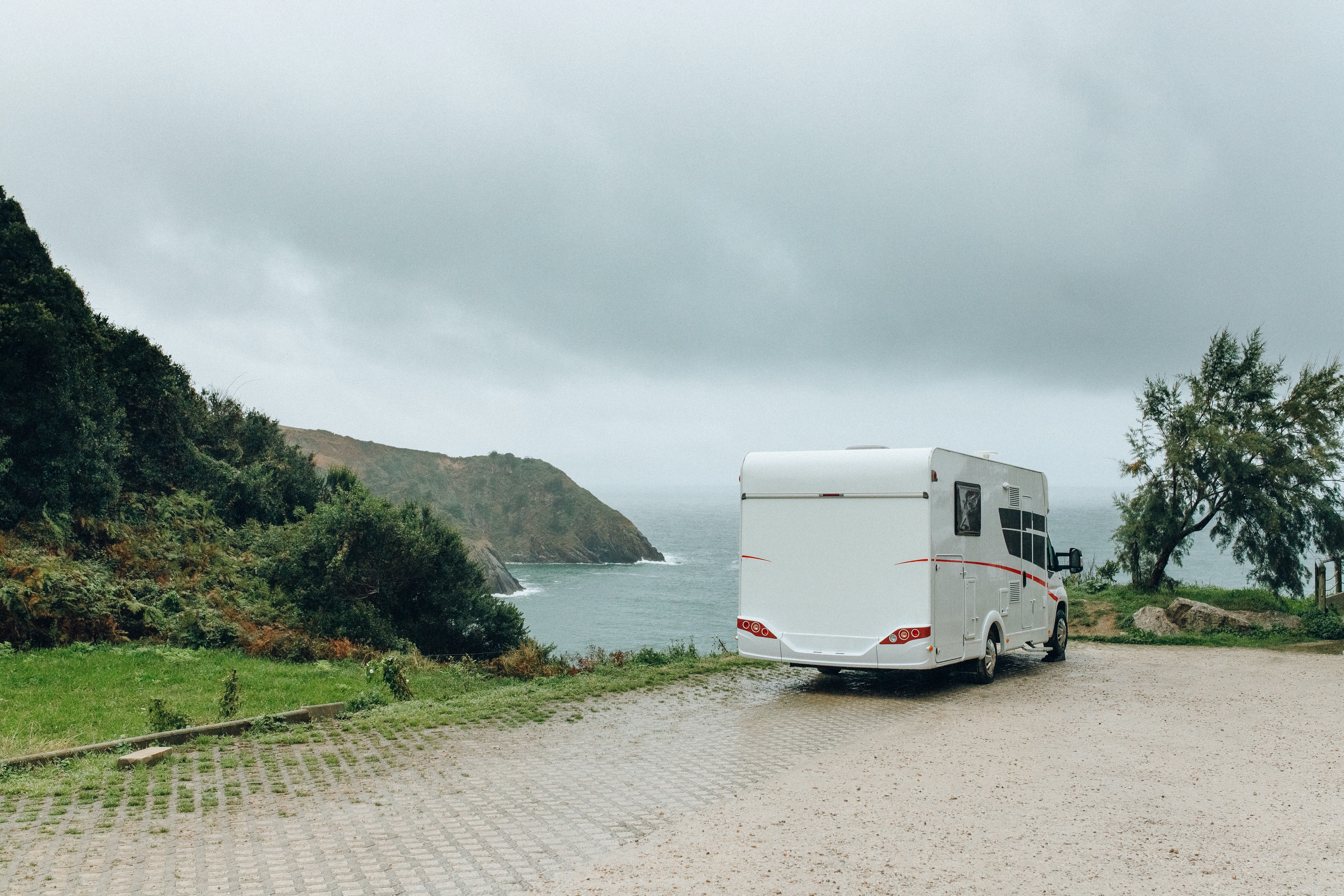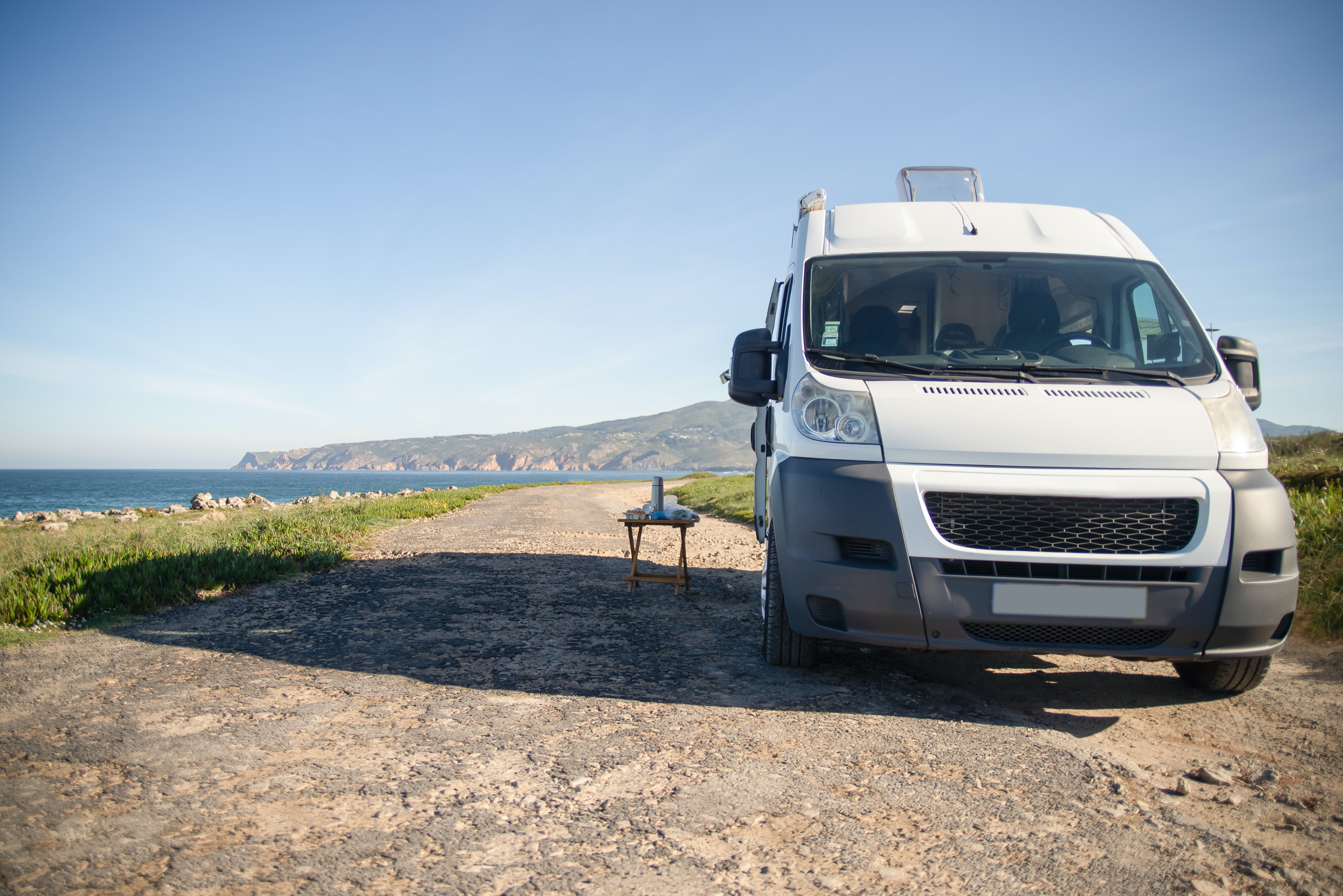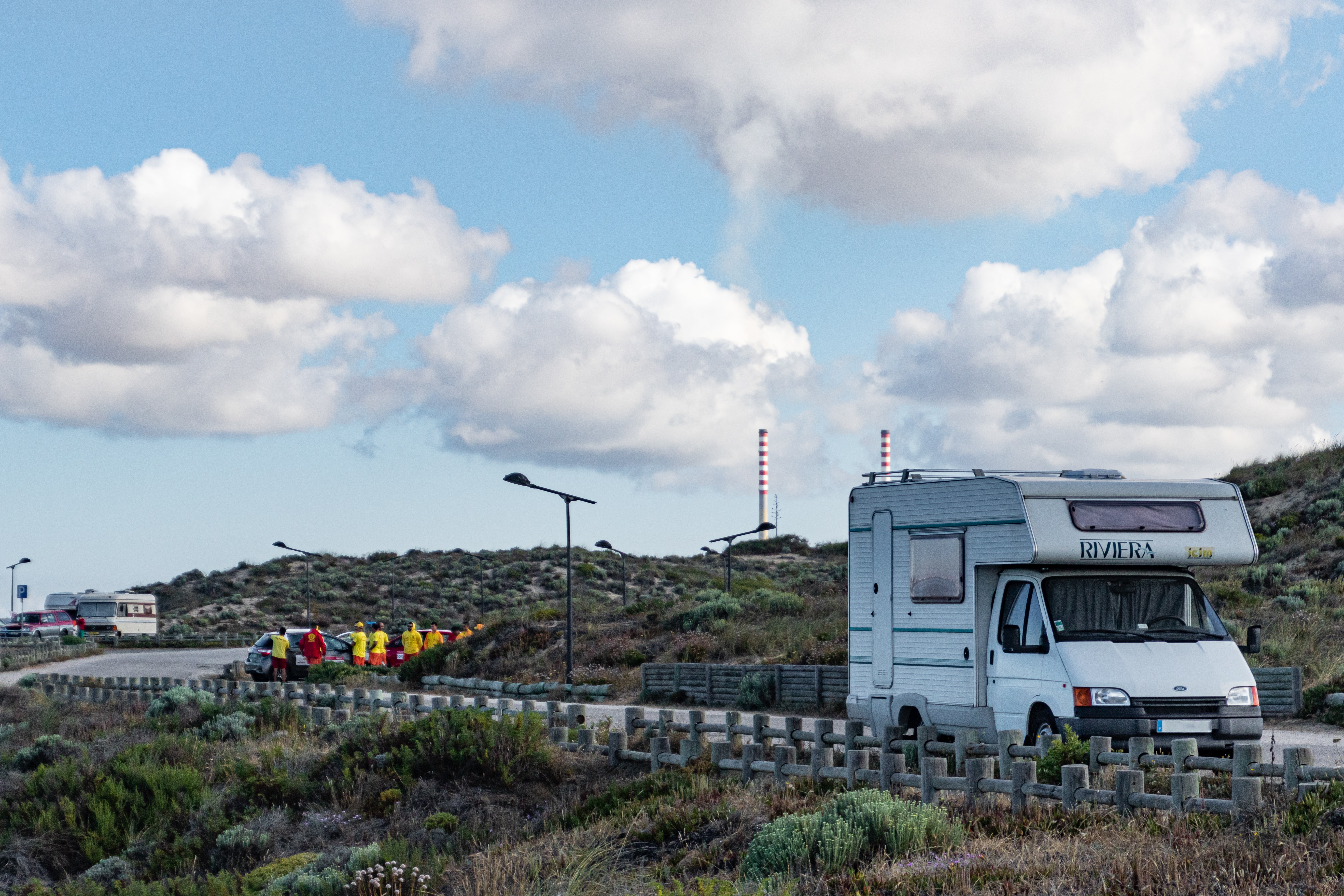

Our assessment of the condition of used motorhomes is based on many years of experience and knowledge. However, it is always to some extent subjective, a lot is about overall impressions, certain things / solutions / colors you like - and some you do not like. But we try to ignore it and focus on the "hardware".
Motorhomes are generally fine if you compare them with cars or transport cars of the corresponding age. Of course, a clean and well-groomed motorhome gives a better impression than a smelly and unclean one - so a lot can be fixed with just soap and a brush.
Much can be said about the smell in motorhomes. The musty smell of mold usually causes problems, but some bad smells can come from the drain or water system and can be easily fixed with tank cleaning.
Some motorhomes smell "by themselves" - it depends on certain materials used in the construction process, nothing to do, but there are rarely really unpleasant smells.
Then we have the magical "new car smell" - few people think that new motorhomes smell anything but fantastic. However, the smell disappears within a few years.
The smell of animals and smoke is a rather complex problem and can unfortunately often be masked with chemical agents - so it is not always easy to tell if the motorhome is smoke / animal free. If you are severely allergic, you must examine it yourself.
In general, we use a five-point scale, separately for inside and outside:
5 - the car is in new condition. No, or very small damage inside.
4 - the car is nice, does not smell bad, no damage that requires repair. Small marks on the interior, perhaps some wear on the floor in the cabin / living area. Some dullness on table surfaces / work surfaces in the kitchen.
3 - some visible wear on interior. Maybe some cracks in the windows (no leakage), discolorations on textiles, maybe there is no blackout detail missing. Maybe some smell that can be smelled. Perhaps non-professional installation of accessories. The car can be used directly but it is noticeable that it is not new.
2 - some repair needs. Part of the interior may need to be replaced, repaired, repainted. Maybe an odor that can not be easily ventilated. Some individual systems need to be fixed / upgraded. The car can be used after some care, or with certain restrictions.
1 - the motorhome is a repair object. Several systems need to be fixed / upgraded. Fabrics may be worn, perhaps tear marks. The car can not be used without extensive renovation. Often older cars with unknown status (it is expensive to examine properly).
5 - new condition. Nothing but a single stone shot or equivalent in the paint and windshield. All plastics whole and in the right color.
4 - exterior fine, however, there may be minor cosmetic damage - minor branch marks in windows and sheet metal, some small crack in plastic behind or on the side.
3 - ok, minor damage - maybe some crack in the window plastic, discolorations / cracks in the body plastic, maybe some minor plastics that are missing. Maybe more extensive stone chips in the sheet metal, or less dent. On the chassis some visible rust (no rust damage). No damage requiring immediate repair, only cosmetic damage.
2 - Visible damage to the body - major plastic damage, missing pieces, non-working locks, dents. Roof hatches that may need to be replaced, the seal supplemented. The car can be used, but needs some care to look good.
1 - repair object. Can not be used as a motorhome without repair. Often older cars with unknown status (it is expensive to examine properly).
Sometimes it becomes a little difficult to draw boundaries between grades - then we use "plus" or "minus" to "dot in" the grade.
We will use this assessment scale in advertisements and telephone contact in the future, and we hope that it will help to form a first opinion about the motorhome.

Scratch mark on the side
If there is nothing else then the grade is 4, there are more / larger marks then 3. Scratches in the plate etc. can of course affect the plate's resistance to voice - and perhaps indicate larger collisions / repairs. Plastic scratches - are usually just cosmetics.
Annoyed / ugly / rusty rims
Technically no major problems, but the general impression is declining. However, it is very common with ugly rims on very nice motorhomes. If the car is fine otherwise - then the rating is 4, otherwise the rating drops by 1.


Small cracks in the plastic at the back
If the car is a few years old, they are almost inevitable. Some hairy cracks may give 5 minus or 4 plus in grades, are small pieces missing or are the cracks large and visible, then 4, 4 minus. If there is a collision with missing pieces and cracked plastic pieces (but a tight body) then it is 3. If there are holes in the body then it is 2, or 1 in the event of extensive damage.
Mark in the table top
A small mark may not affect the rating, but larger marks / several marks give the rating 4, or 4 plus if the car is nice otherwise. Carpet table and work surfaces, worn edges, etc. give 4 minus, or 3. Loose table top, cabinets that do not have fittings, broken hinges, stained fabric gives a grade of 2. Moisture-damaged interior - grade 1.

Rule of thumb: motorhomes up to 5 years normally get a grade of 5, between 5-10 years a grade of 4 plus, 10-15 years old a grade of 3 plus or 4, over 15 years a grade of 3.
Deviations are noted in the advertisement. But of course there are 20-year-old motorhomes that get a rating of 4 plus and 5-year-olds with a rating of 3, or 3 minus…